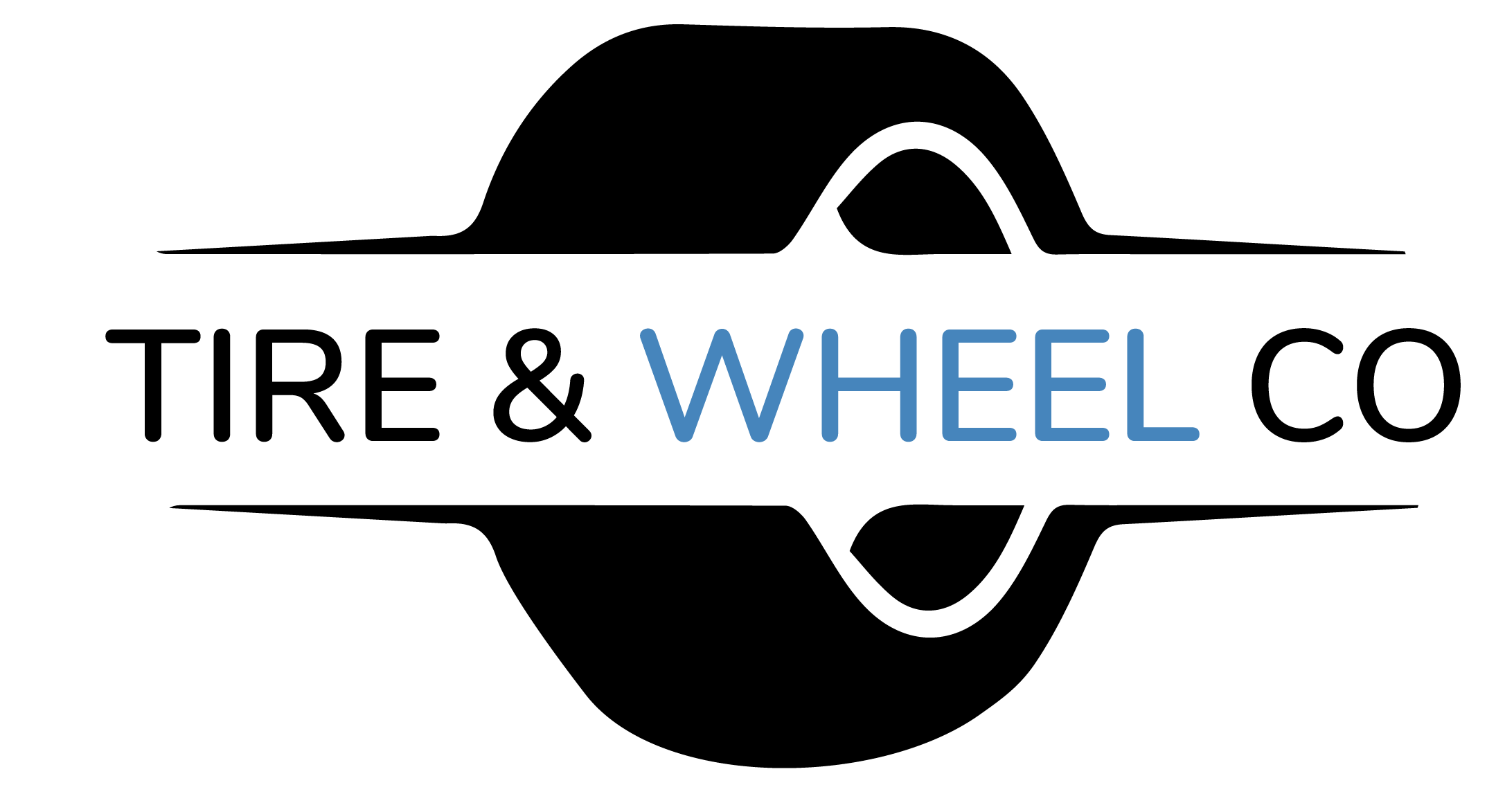A car that drifts to the right without steering input is more than just a troublesomeness—it’s a safety peril. This concern can retire from wheel alignment, tire pressure, brake imbalance, suspension wear, and steering system faults. Overlooking the problem can result in uneven tire wear, reduced fuel efficiency, in addition to dangerous handling.
Here we try our best to cover 11 common reasons your car pulls to the right when you let go of the steering wheel and how to fix them.
Misaligned Wheels Throw Off Steering Stability
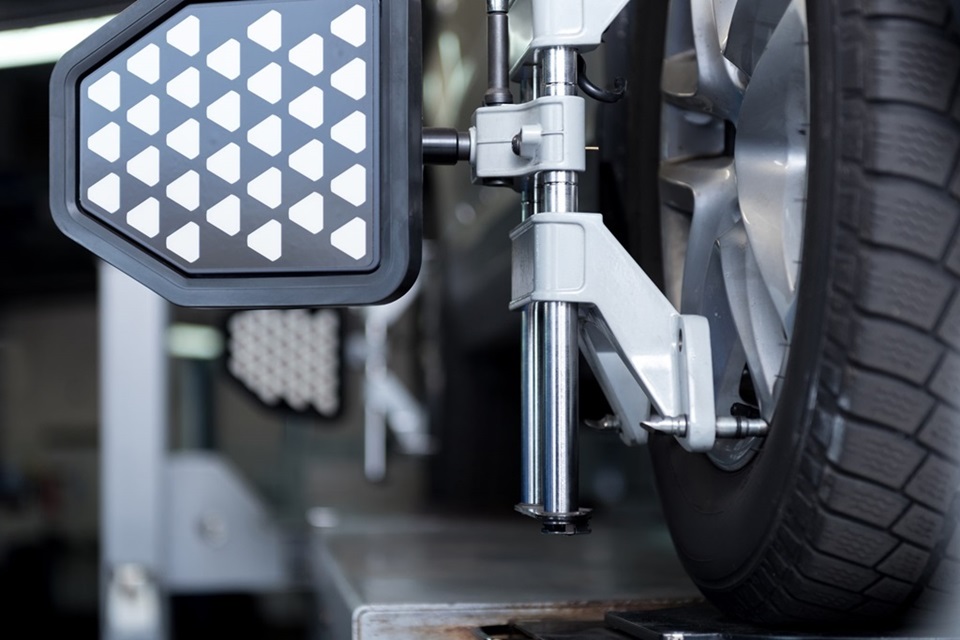
Wheel alignment guarantees that tires make appropriate contact with the road. When alignment angles—camber, caster, and toe—stray from factory settings, the car drifts to one side.
Signs of Misalignment:
- Uneven tire wear
- Steering feels off-center
- Car pulls even on level roads
Fix:
A professional wheel alignment adjusts the angles, restoring straight-line stability.
Uneven Tire Pressure Creates Imbalance
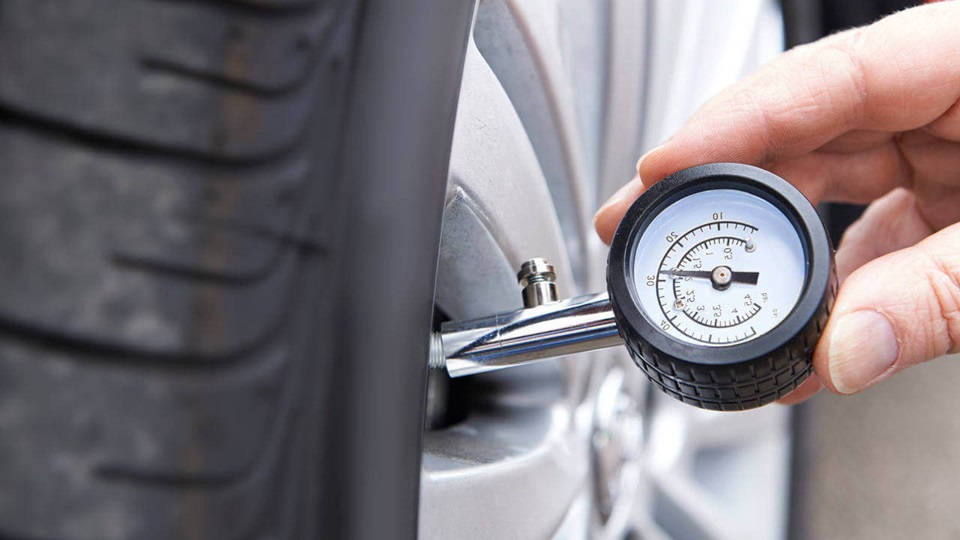
Tire pressure differences between the left and right wheels affect handling. A lower-pressure tire has more rolling resistance, pulling the vehicle in that direction.
How to Check:
- Use a pressure gauge to compare readings.
- Refer to the manual for recommended PSI levels.
Fix:
Inflate all tires to the correct pressure. Regular checks prevent future imbalances.
Brake Calipers Sticking on One Side
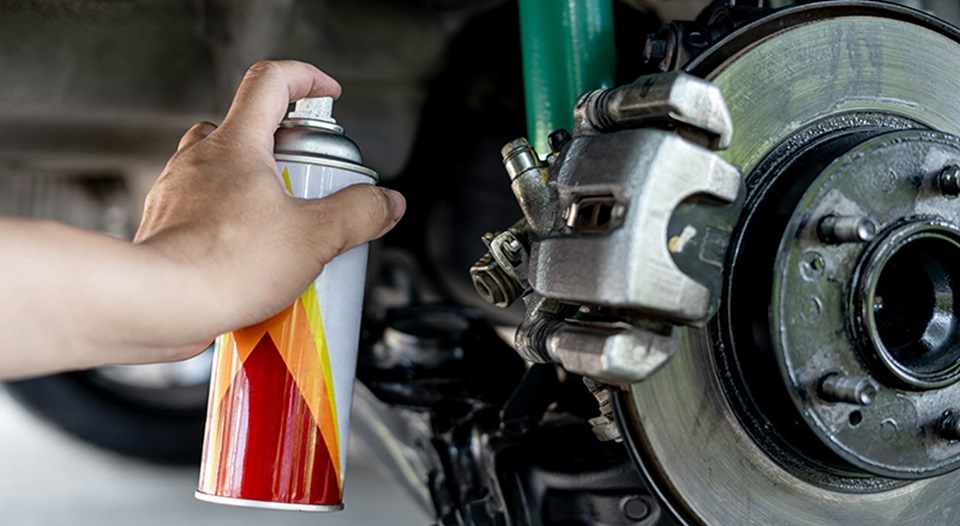
A stuck brake caliper causes one wheel to slow down further compared to other, creating a pull.
Symptoms:
- Car veers right during braking
- Burning smell from overheated brakes
- Uneven brake pad wear
Fix:
A mechanic must review the brake calipers, rotors, and pads. Lubricating or replacing the faulty caliper restores braking balance.
Tire Conicity – A Manufacturing Defect That Causes Pulling
Tire conicity happens when internal belt layers shift during production, causing the tire to lean to one side.
How to Test:
- Swap the front tires left to right.
- If the car now pulls left, the issue is tire conicity.
Fix:
Replacing the defective tire is the only permanent solution.
Worn Suspension Components Affect Handling
Aging tie rods, control arms, ball joints, and bushings reduce stability, leading to unintended pulling.
Warning Signs:
- Steering feels loose
- Unusual tire wear patterns
- Knocking noises over bumps
Fix:
A thorough inspection identifies worn parts needing replacement.
Uneven Tire Wear Alters Traction
Over time, improper tire rotation or poor alignment creates irregular tread patterns. A tire with uneven wear grips the road differently, causing a pull.
How to Identify:
- Run a hand over the tread to feel variations.
- Check for deeper wear on one side of a tire.
Fix:
Rotate tires every 5,000–7,000 miles and uphold proper alignment.
Road Slope and External Factors Contribute to Pulling
Some winter roads have a built-in slope for drainage. A slight drift is normal, but extreme pulling indicates an underlying issue.
How to Check:
- Drive in both directions on the same road.
- Test on a completely flat parking lot.
Fix:
If pulling remains consistent, mechanical problems—not the road—are to blame.
Dent In Rim Disrupts Balance
Potholes, curbs, or Off-road debris can bend a wheel rim, making the vehicle pull.
Symptoms of a Bent Wheel Rims:
- Vibrations at certain speeds
- Visible dent or deformation on the rim
Fix:
A professional car repair shop can straighten the rim, or replacing it ensures safety.
Incorrect Tire Rotation Affects Steering
Different drive types require different tire rotation patterns. If rotations are skipped, uneven wear causes the vehicle to veer.
How to Fix:
Follow rotation patterns for:
- Front-wheel drive (FWD): Swap front tires to the rear, keeping the same side.
- Rear-wheel drive (RWD): Move rear tires forward and cross the front tires.
- All-wheel drive (AWD): Use an X-pattern or follow manufacturer guidelines.
Regular rotations extend tire life and improve stability.
Worn Wheel Bearings Affect Steering Control
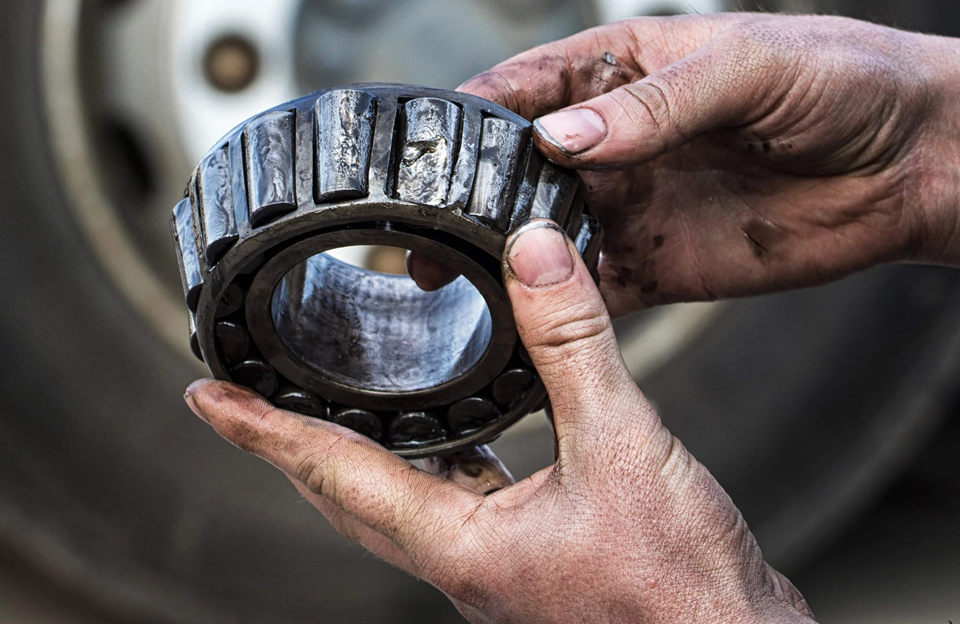
A failing wheel bearing creates excess friction on one side, pulling the car in that direction.
Signs of a Bad Bearing:
- Grinding noise from one wheel
- Vibrations in the steering wheel
- Uneven tire wear
Fix:
A mechanic inspects and replace worn strut bearings immediately to prevent further damage.
Torque Steer in Front-Wheel Drive Cars
High-powered front-wheel drive (FWD) cars sometimes experience torque steer, causing them to pull under acceleration.
Why It Happens:
- Uneven axle lengths in FWD vehicles
- Worn motor mounts affecting power distribution
- Unequal traction between front tires
Fix:
- Replace worn mounts
- Ensure equal tire pressure
- Install a torque steer correction kit
A car pulling to the right when you let go of the steering wheel isn’t something you do not pay attention to. Whether it’s wheel alignment, tire pressure, brake issues, or suspension problems, identifying the cause early prevents bigger car repairs.
Regular tire rotation, wheel alignment checks, and suspension inspections keep your car driving straight and safe. If the problem persists, consult a professional mechanic.
